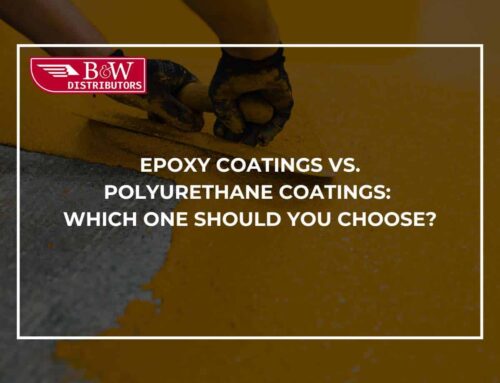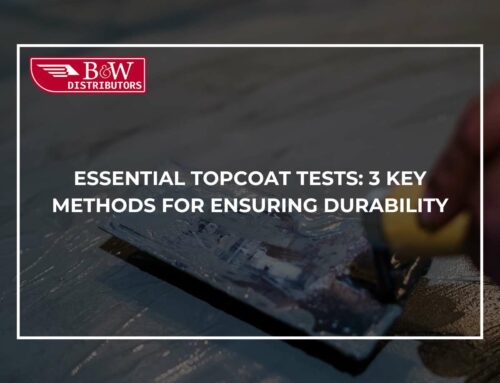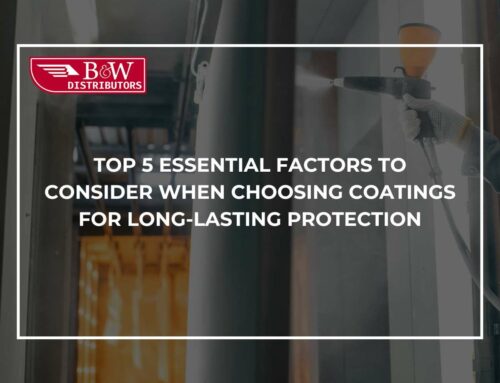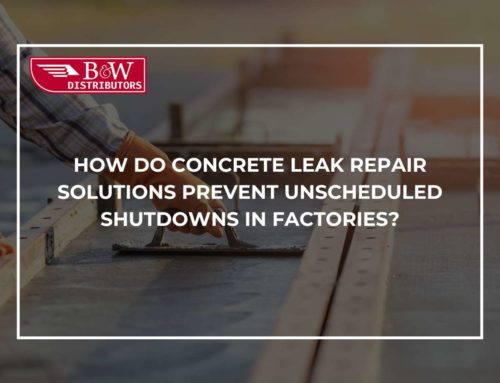Understanding High-Temperature Performance In Polymer Coatings
Key Considerations For Maximizing The Benefits Of Modern Coatings
When considering protecting surfaces in hot environments, polymer coatings are often the ignored heroes. They help things last longer, perform better, and look cleaner. However, not all polymer coatings are created equal, especially when high temperatures are the most common factor in your industry.
If you’re a business owner or a professional who deals with heat-exposed assets, this guide is for you. We’ll explain the most important things to consider with polymer coatings and high temperatures so that you can get a better idea of how to take advantage of these modern coatings.
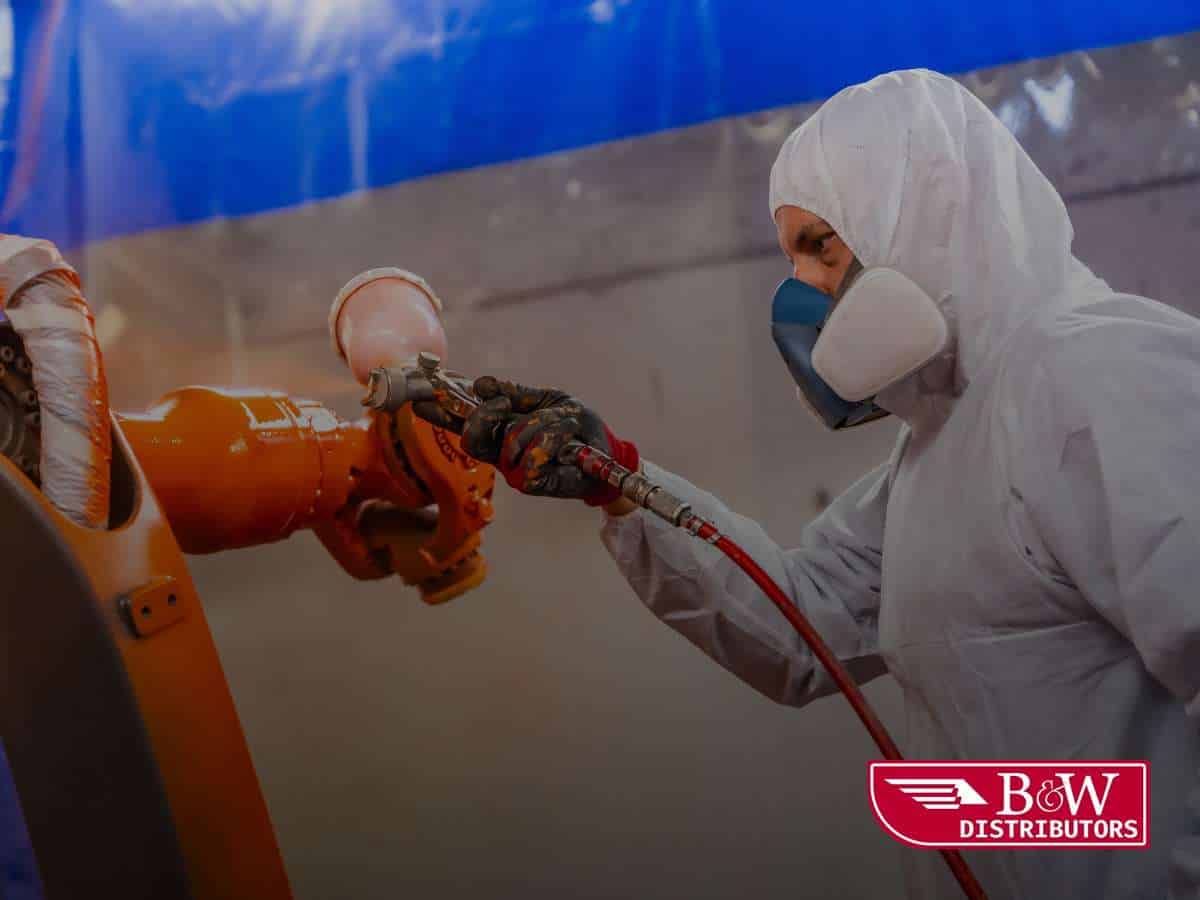
What Are Polymer Coatings & How Do They Protect Surfaces In High-Temperature Environments?
Polymer coatings are thin layers of protective material made from long-chain molecules called polymers. They are applied to surfaces to prevent rust, wear, and corrosion, or simply to enhance appearance.
Various types of polymer coatings offer distinct benefits, including:
- Epoxy: A great option for long-lasting protection and chemical resistance
- Polyurethane: Flexible and weather-resistant
- Silicone: An excellent ally for high temperatures
- Fluoropolymers: Used for ultra-demanding environments.
Some polymer coatings can withstand high temperatures, but not all of them. Hence the importance of choosing wisely before contacting your trusted industrial epoxy distributor.
Why High-Temperature Performance Is Critical For Polymer Coatings In Heat-Exposed Industries
You might be wondering why high-temperature performance matters and it all leads to the industry environment. High-temperature performance in polymer coatings is crucial because these materials are often used in environments where elevated heat levels are constant or fluctuating. If a coating cannot withstand high temperatures, it may degrade, lose effectiveness, or even cause damage to the underlying material.
One of the main concerns is thermal degradation, which happens when there’s excessive heat and the polymers break down. This effect causes discoloration, loss of mechanical strength, and changes in chemical structure. It’s an issue that can compromise the coating’s protective barrier, making the surface underneath vulnerable to corrosion, oxidation, or mechanical damage.
Another key issue is adhesion failure. As temperatures rise, some coatings can expand, soften, or become brittle, causing them to peel, blister, or crack. In applications like pipeline coatings, engines, or machinery, maintaining adhesion is a must to guarantee safety and durability.
Discoloration and surface changes are also common in polymers exposed to heat. While this might be mostly cosmetic, in some industries (like electronics or aerospace), even minor surface changes can affect performance or signal deeper structural problems.
In addition to these problems, many industries require compliance with safety standards, especially in sectors like aviation or energy. These standards typically demand proven high-temperature resistance to prevent accidents or product failure.
High-Temperature Polymer Coatings & Their Performance Characteristics
One of the polymer coatings with the highest operating temperatures is PES, or polyethersulfone. This coating can resist continuous temperatures up to 550 °F and short-term exposure up to 700 °F. In addition to thermal stability, PES offers some corrosion resistance. However, it lacks the broader range of performance properties found in more advanced polymers.
Coatings based on PTFE (polytetrafluoroethylene) and PFA (perfluoroalkoxy alkane) can typically withstand operating temperatures up to 500 °F while maintaining their hallmark features like nonstick surfaces, low friction, resistance to wear and weather, and flexibility. These coatings are effective even when applied in thin layers.
It’s worth considering that FEP (fluorinated ethylene propylene) coatings share many of the previous characteristics but are generally rated for lower temperatures, up to 400 °F.
Xylan® coatings, a family of PTFE-based formulations developed by Whitford, are known for their reliable performance at temperatures up to 550°F.
Outside the PTFE category, polyphenylene sulfide (PPS), commercially known as Ryton® (originally developed by Chevron Phillips and now produced by Solvay Plastics), is another strong candidate for high-temperature applications.
PPS coatings can withstand up to 500°F, depending on the chemical environment. Thanks to their strong chemical resistance and mechanical strength, they are frequently used in the chemical protection coatings industry.
Key Factors Affecting High-Temperature Performance
Many key factors determine how well a polymer coating performs under high-temperature conditions. These aspects affect thermal stability, structural integrity, and long-term reliability in demanding environments:
Thermal Stability Of The Polymer Matrix
Polymers with strong molecular bonds, such as aromatic rings or sulfur linkages, are more resistant to thermal degradation.
1. Glass Transition Temperature (Tg)
The glass transition temperature marks when a polymer shifts from a rigid, glassy state to a more rubber-like, flexible one. If the operating temperature exceeds Tg, the coating may soften, leading to a loss of mechanical strength, deformation, or failure.
2. Crosslink Density
Crosslinking refers to chemical bonds formed between polymer chains. A higher crosslink density improves thermal resistance by restricting molecular movement, which also enhances structural stability at elevated temperatures. However, too much crosslinking can reduce flexibility.
3. Additives & Fillers
Inorganic fillers such as ceramics, silica, or metal oxides are often added to improve thermal resistance. These additives enhance heat dissipation, prevent thermal expansion, and improve the durability of the coating.
4. Curing Process
The method and conditions under which a coating is cured directly impact its final properties. Proper curing ensures complete crosslinking and optimal performance at high temperatures, while inadequate curing may lead to premature failure when exposed to heat.
How To Choose The Best Heat-Resistant Polymer Coatings For Your Business Needs
Here are some tips on how to choose the right heat-resistant polymer for your business:
- Define the operating temperature range: Ensure the polymer handles both continuous and peak temperatures in the intended environment.
- Check thermal properties: Look for high glass transition temperature (Tg) and melting point; review data from TGA and DSC tests.
- Evaluate chemical resistance: Choose polymers that withstand chemicals or solvents present at high temperatures.
- Assess mechanical stability: Consider how the material holds up under thermal stress, including strength and dimensional stability.
- Review environmental conditions: Analyze its exposure to UV, humidity, pressure, or abrasion alongside heat.
- Consider additive compatibility: Ensure you can combine the polymer with fillers or reinforcements to improve thermal performance.
- Verify industry standards: Use materials that meet required certifications or performance criteria for your specific application (e.g., aerospace, electronics, or industrial use).
- Balance performance with processability: Choose a polymer that not only resists heat but is also suitable for the coating process (spraying, dipping, curing, etc.).
Contact Experts For High-Temperature Epoxy Coatings & Polymer Solutions
If you need reliable, heat-resistant epoxy coatings, partnering with a knowledgeable supplier makes all the difference. That’s why we invite you to contact us at B&W Distributors for expert guidance and access to top-tier epoxy products engineered for high-temperature applications. Let us help you find the ideal solution for your project.

B&W DISTRIBUTORS INC.
Tel: (480) 924-8883
Email: info@bwdist.com
Web: https://www.bwdist.com/
ARIZONA
2702 N Ogden #107
Mesa, AZ 85215


